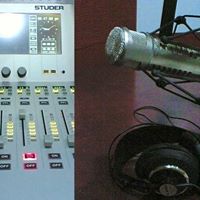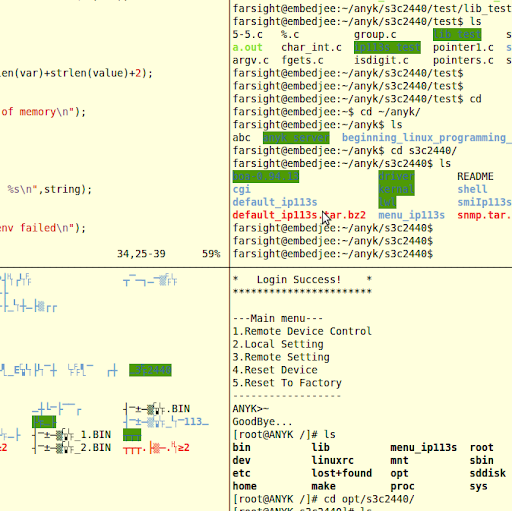Jian T Cao
age ~67
from Lawrenceville, NJ
- Also known as:
-
- Jia N Cao
- Thomas Cao
Jian Cao Phones & Addresses
- Lawrenceville, NJ
- Ossining, NY
- 1706 Northumberland Way, Monmouth Junction, NJ 08852 • (732)3559288
- Tarrytown, NY
- Chicago, IL
- Jackson, MS
Education
-
School / High School:St. Marys University School of Law
Ranks
-
Licence:New York - Currently registered
-
Date:2004
Isbn (Books And Publications)

Proceedings of the ASME Manufacturing Engineering Division--2001: Presented at the 2001 ASME International Mechanical Engineering Congress and Exposition November 11-16, 2001, New York, New York
view sourceAuthor
Jian Cao
ISBN #
0791835499

Lawyers & Attorneys

Jian Cao - Lawyer
view sourceAddress:
Kunlun Law Firm
(866)4096455 (Office)
(866)4096455 (Office)
Licenses:
New York - Currently registered 2004
Education:
St. Marys University School of Law
Resumes

Jian Qiu Cao
view sourceLicense Records
Jian Cao
License #:
25841 - Active
Issued Date:
Aug 31, 2007
Renew Date:
Dec 1, 2015
Expiration Date:
Nov 30, 2017
Type:
Certified Public Accountant
Us Patents
-
Cell Systems Having Specific Interaction Of Peptide Binding Pairs
view source -
US Patent:6770446, Aug 3, 2004
-
Filed:Apr 24, 2000
-
Appl. No.:09/556390
-
Inventors:Kathleen H. Young - Newtown PA
Jian Cao - Monmouth Junction NJ -
Assignee:Wyeth - Madison NJ
-
International Classification:G01N 3353
-
US Classification:435 71, 82542, 825421
-
Abstract:This invention relates to novel modified host cells which express heterologous fused proteins and methods of screening for test samples having peptide-binding activity; wherein the modified host cell comprises: (a) a gene sequence encoding a heterologous fusion protein; said fusion protein comprising a first peptide of a peptide binding pair, or segment of said first peptide, which is joined to either a DNA binding domain or its corresponding transcriptional activation domain of a transcriptional activation protein; (b) a gene sequence encoding a heterologous fusion protein, said fusion protein comprising a second peptide of the peptide binding pair in (a), or a segment thereof, fused to either a DNA binding domain or its corresponding transcriptional activation domain, whichever one is not employed in (a); (c) a luciferase gene operatively associated with the transcriptional activation protein, or a portion thereof; (d) optionally, a deletion or mutation in the chromosomal DNA of the host cell for the transcriptional activation protein if present in the selected host cell.
-
Dynamic Reuse Partitioning And Subchannel Allocation Scheme In Multicell Ofdma Downlink Systems
view source -
US Patent:20070077934, Apr 5, 2007
-
Filed:Sep 28, 2006
-
Appl. No.:11/541284
-
Inventors:Aik Chindapol - Princeton NJ, US
Jian Cao - New Haven CT, US -
International Classification:H04Q 7/20
-
US Classification:455447000
-
Abstract:The reuse partitioning problem for a cellular orthogonal frequency division multiple access (OFDMA) system with dynamic subcarrier allocation is considered. One objective is to allocate the network resources in an efficient way in order to maximize the system's total throughput under individual user's quality-of-service (QoS) constraint. A suboptimal two-step approach is used where the radio network controller (RNC) solves the network planning problem and each base station (BS) solves the cell throughput maximization problem. Compared with the optimal resource allocation scheme, the approach described herein has much lower computational complexity in the RNC. Moreover, the communication overhead between each BS and the RNC is reduced substantially which renders our approach more practical for delay sensitive applications. Throughput increase is demonstrated

Jian Cao
view source
Jian Cao
view source
(Jian Cao)
view source
Jian Cao
view source
Jian Cao
view source
Jian Cao
view source
Jian Cao
view source
Jian Cao
view sourceGoogleplus

Jian Cao
Work:
Unemploy.
Education:
Kwantlen Polytechnic University

Jian Cao
Education:
Jilin University - Software
About:
An software engineerTravel to the China's most Oriental part to see the sunrise by selflove the secret garden
Tagline:
Good to Great

Jian Cao

Jian Cao (Iissy)

Jian Cao

Jian Cao

Jian Cao

Jian Cao
Plaxo

Jian Cao
view sourceNorthwestern University
Myspace
Youtube
Get Report for Jian T Cao from Lawrenceville, NJ, age ~67







